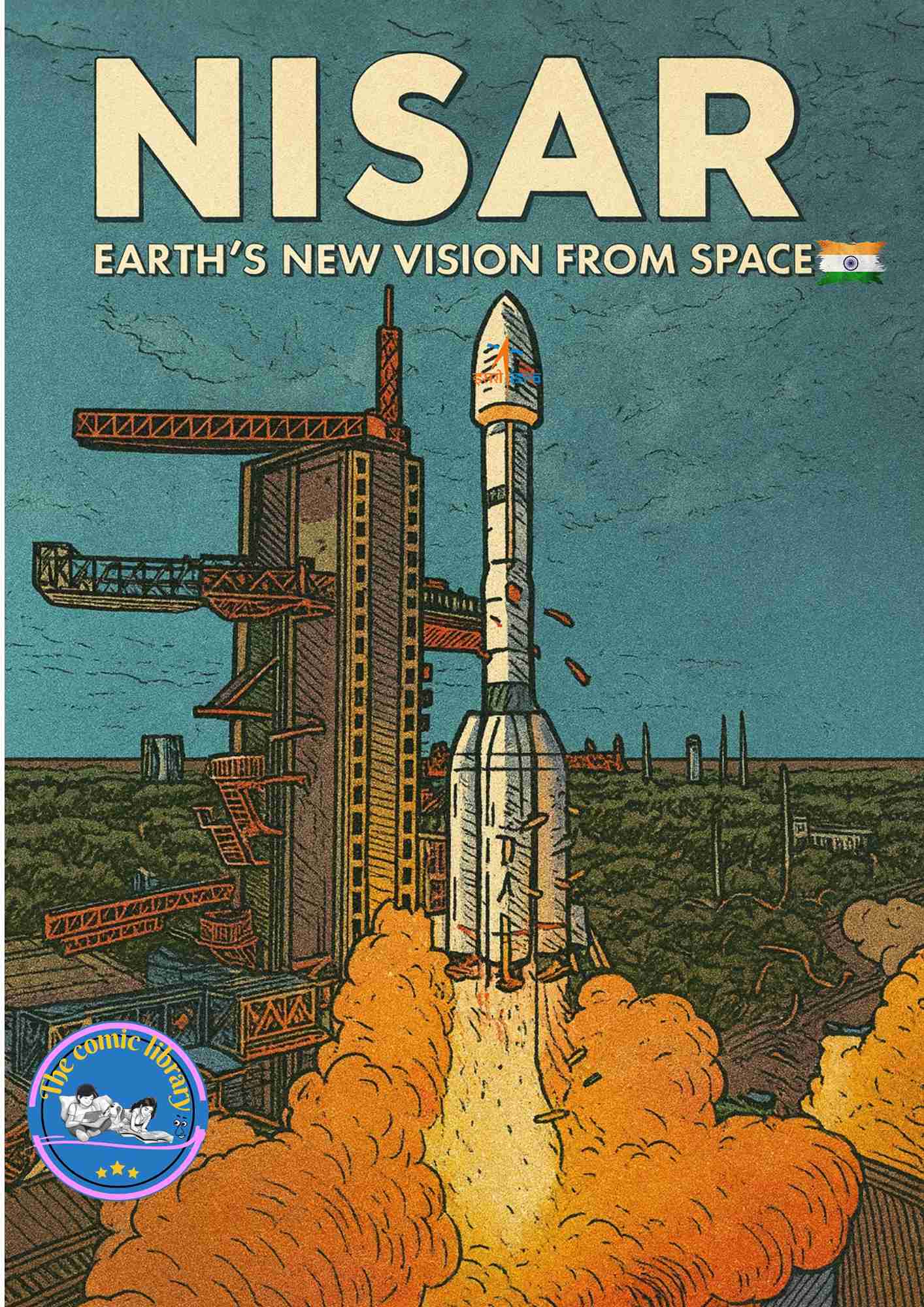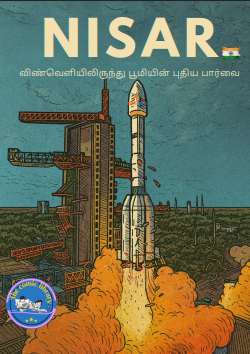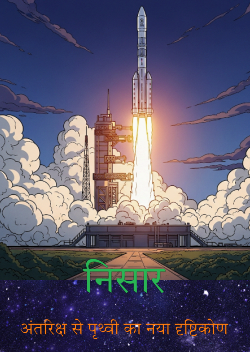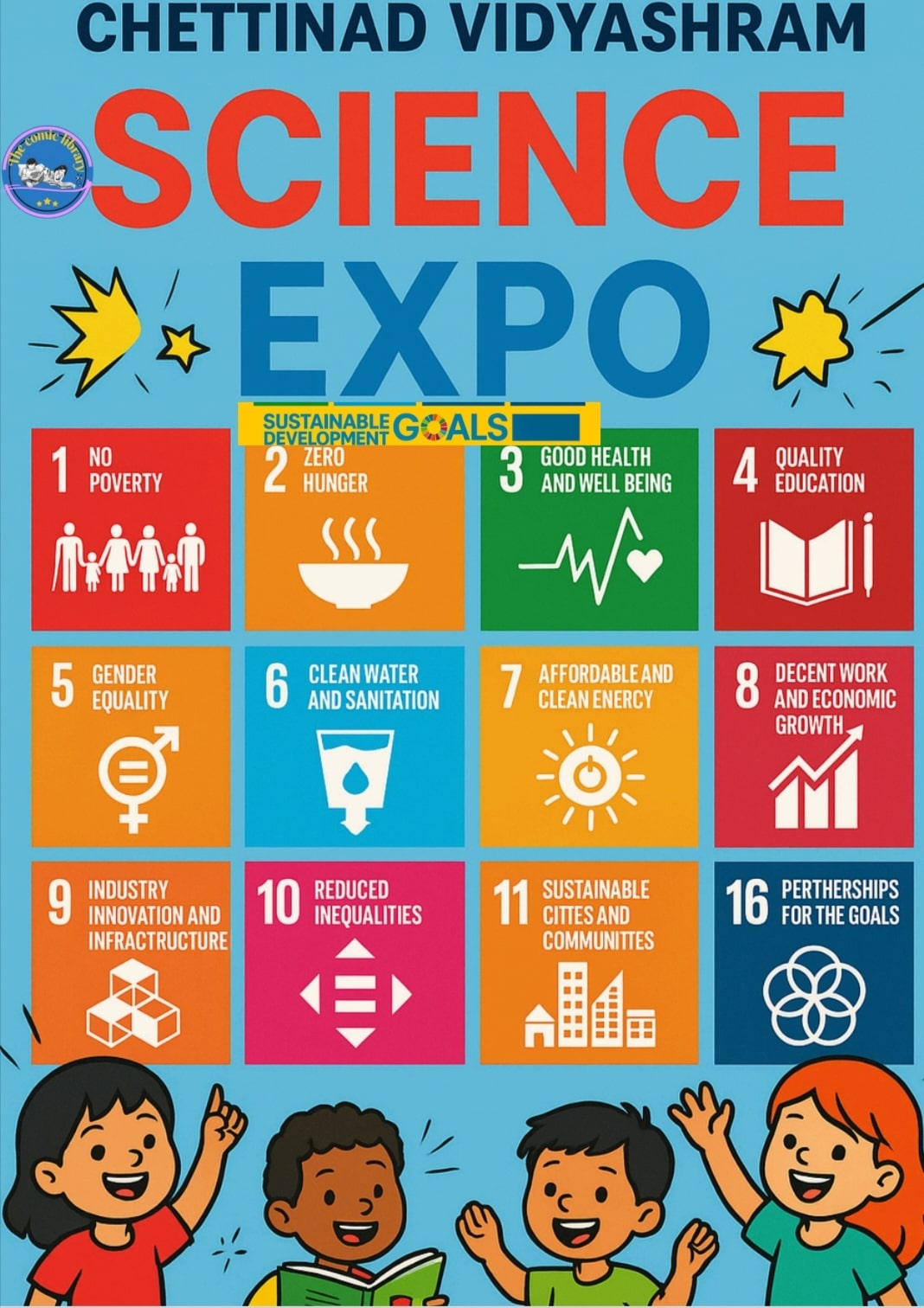

Project Overview
How It All Works
The system operates on a simple but powerful flow, connecting hardware, software, and intelligence to optimize farming practices.
- Step 1: Sensors - Soil Moisture, DHT11 (Temp & Humidity), and LDR (Light) collect real-time data.
- Step 2: Arduino Uno - The microcontroller collects sensor readings and sends them to the computer.
- Step 3: Machine Learning Model - A Decision Tree model analyzes the data to predict yield conditions and make intelligent decisions based on soil moisture ranges.
- Step 4: Dashboard - A Python GUI visualizes sensor values, provides a control interface for the farmer, and gives voice alerts.

AI vs. Manual Monitoring
Traditional farming relies on a farmer's observation and guesswork, which often leads to resource waste. Our AI-powered system uses real-time data and learning algorithms to make smarter, more precise decisions.
- AI uses in-field sensors and ML to analyze data continuously.
- It learns patterns to make smart irrigation and input decisions.
- Reduces water waste and increases yield accuracy, which manual methods can't match.
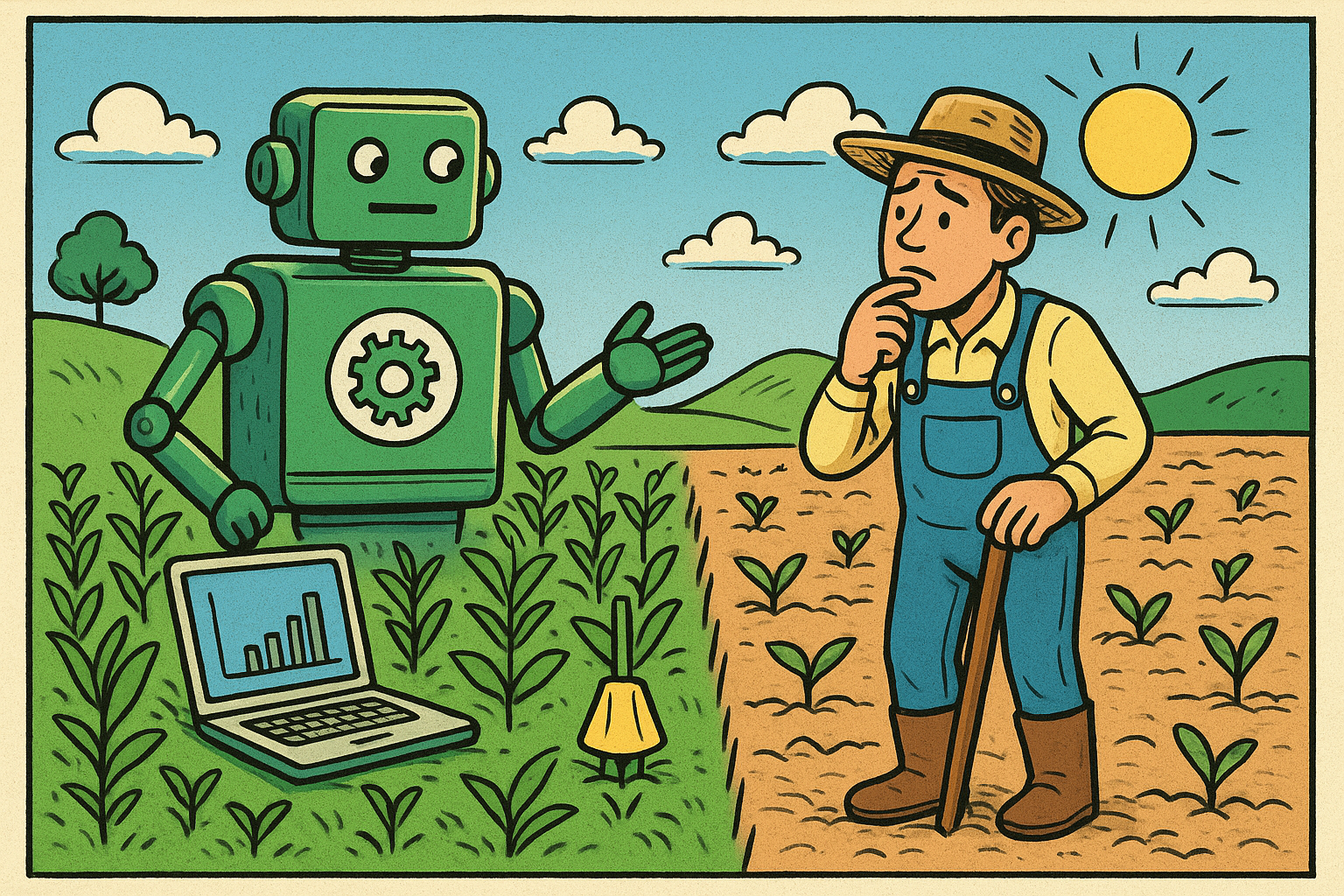
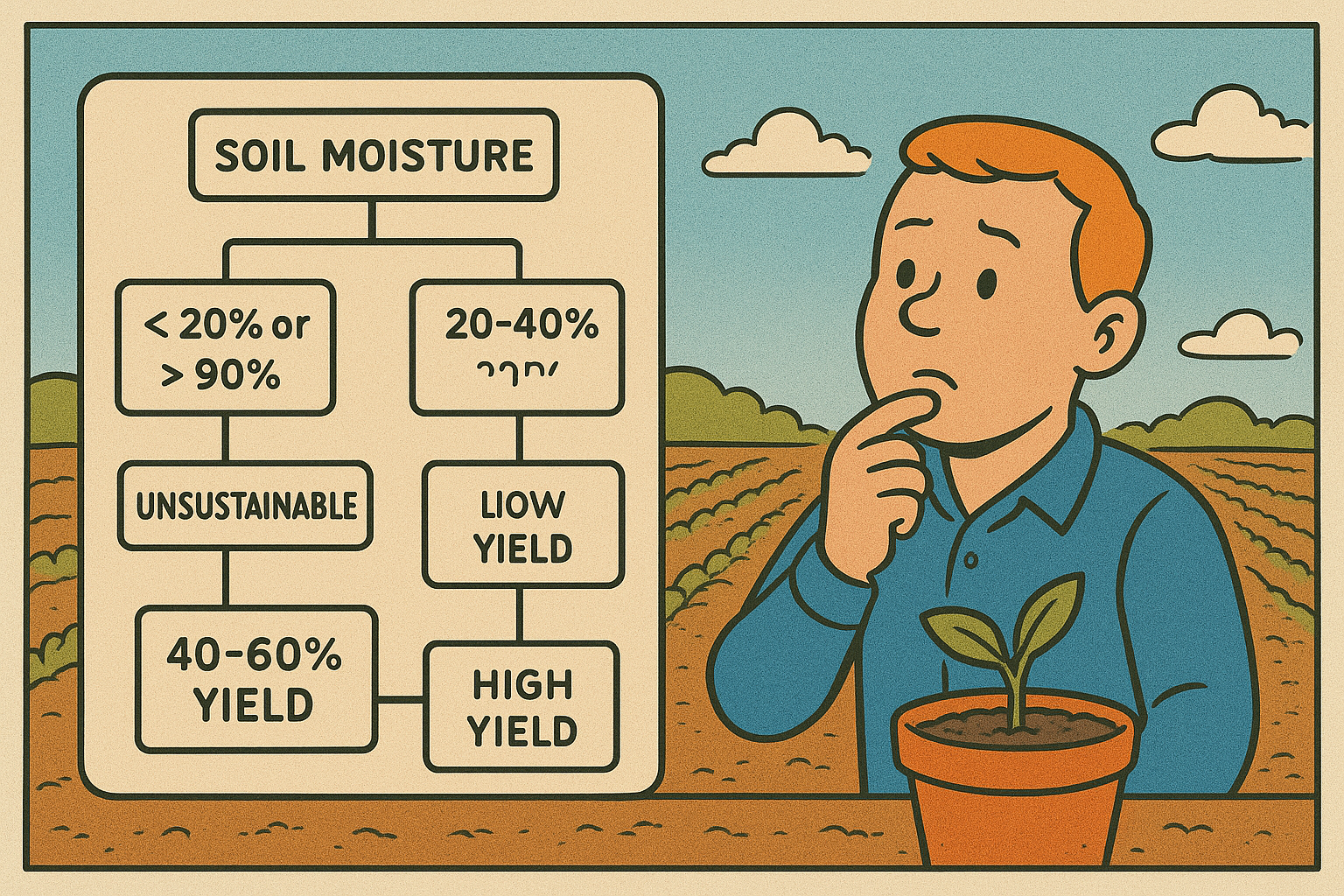
Basic Model Explanation
Our Decision Tree model uses soil moisture levels to classify plant health and predict yield conditions, ensuring your crops get exactly what they need.
- Soil Moisture < 20% or> 90%: Unsustainable
- Soil Moisture 20-40%: Low Yield
- Soil Moisture 40-60%: Medium Yield
- Soil Moisture 60-75%: High Yield
Robotics - The Hands & Legs
Our robot system acts as the "hands and legs" of the farm. It doesn't spray blindly but checks soil moisture from sensors. If the soil is dry, the robot sprays; if it's wet, it skips, saving water.
- Water-saving automation.
- With smart nozzles and section control, it only waters areas that need it, preventing waste.
- No overlap, no waste.
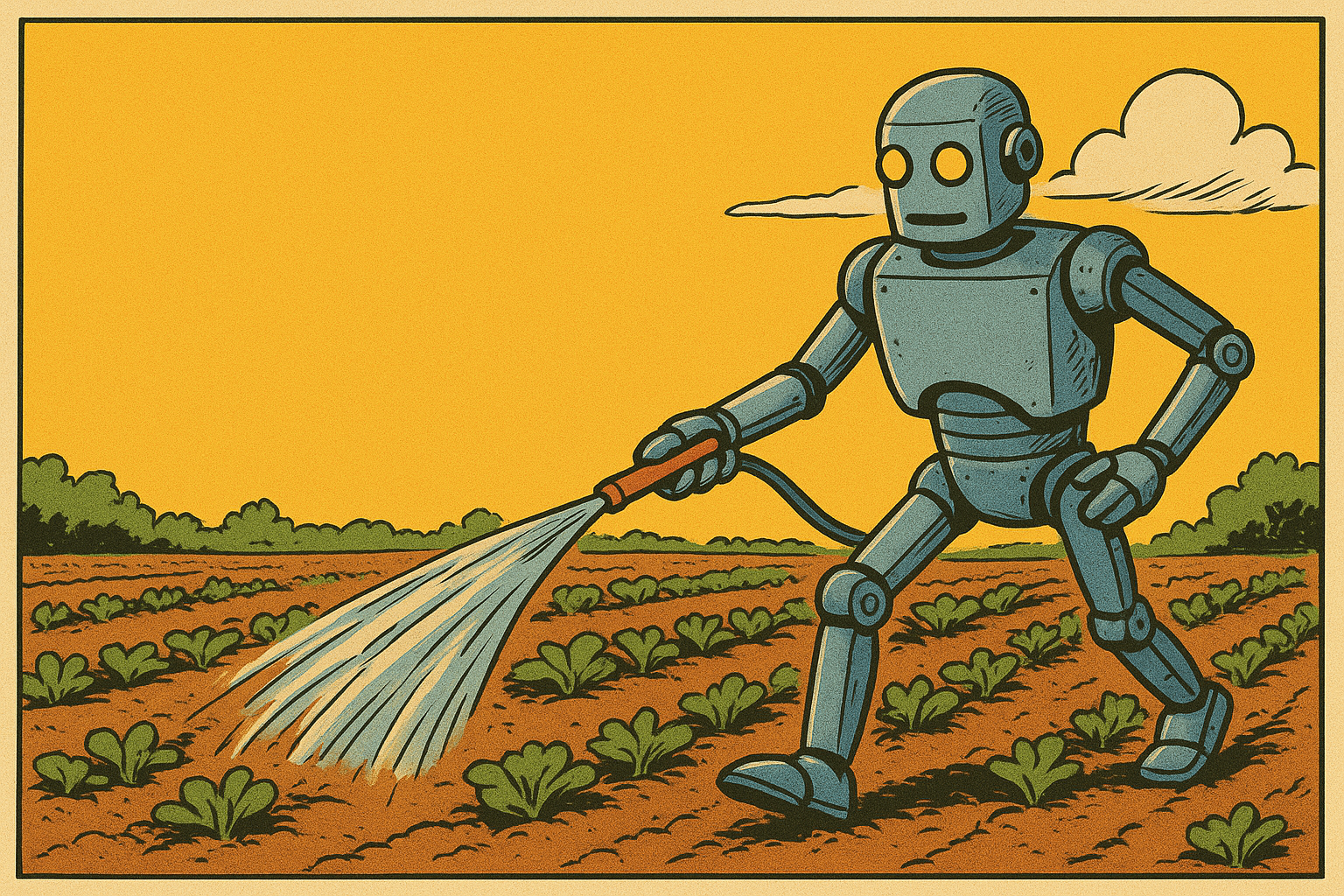

Machine Learning - The Brain
Machine learning functions as the "brain" of the system. Instead of fixed rules, it studies patterns from sensor data, such as when soil usually dries, and how weather affects water loss.
- The ML model "learns" from data over time and improves its decisions.
- For example, it might realize "Plot A dries faster than Plot B, so water Plot A more often".
- This leads to smarter irrigation schedules and higher yields.
API + Python Interface - The Face & Voice
The API is a messenger that ensures sensors, the robot, and the ML brain talk to each other smoothly. The Python UI is the farmer's dashboard , providing a visual and audio alert system.
- Shows real-time data like soil moisture, temperature, and plant stress.
- Voice alerts, such as "Need Water," notify the farmer when crops are at risk.
- Displays maps and charts of the field, and allows the farmer to control or override settings.

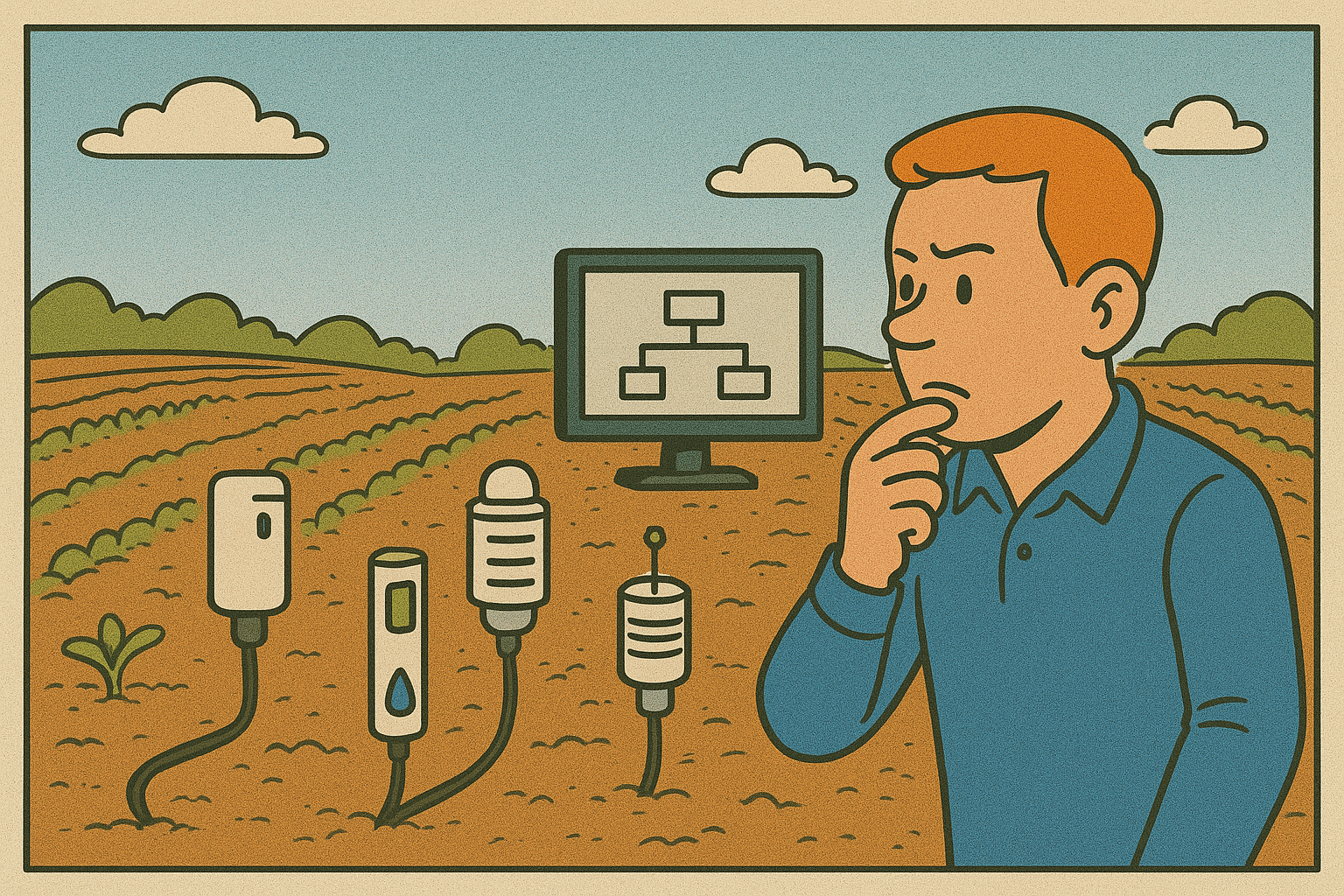
In-field IoT Applications
Smart sensors placed directly in the field continuously measure crop, soil, and micro-climate conditions and send the data to a central system via Python code.
- Soil Moisture - tells how much water is in the soil, helping with irrigation scheduling.
- pH Sensors - measures soil acidity/alkalinity for crop growth.
- Micro-weather sensors (DHT11) - measure temperature, humidity, wind, and sunlight to help the ML model predict water needs.
Key Features
Machine Learning - The Brain
Learns from soil and weather data, creating smarter irrigation schedules for higher yields.
IoT Sensors - The Eyes & Ears
In-field devices track soil moisture, pH, and micro-weather in real time for precise decisions.
API + Python Dashboard
Real-time data, voice alerts, and interactive maps help farmers monitor and control their fields.
Decision Tree Model
Classifies soil moisture levels into yield predictions, ensuring accurate water management.
AI vs Manual Monitoring
Replaces guesswork with data-driven insights, reducing water waste and boosting yield accuracy.
Robotics - The Hands & Legs
Smart robots spray only when and where needed, preventing overlap and saving precious water.
Our Team
Meet the brilliant minds behind this innovative project
Meghna
Sagarika
Sravanthi
Anichamalar
Leksha
Reshma
Hasini
Dhisshan
Ananthashri
Harini
Sanjana
Deshna
Rithenya
Shamitha
Keerthana
Jahnavi
Rinith
Rahul
Karnesh
Tejas
Rithik Sai
Naveed
Aqeel
Nithya
Nadhira
Pranavi
Tiana
Aditi
Samyuktha
Darsh
Viswak
Harshik
Jerosh
Ruwayda
Dhananjeyan
Rohith
Lipika
Sahana
Rakshan
Harkishan
Prathick
Tatva
Harshik Kumar
Shraddha
Yasaswini
Sakshi
Sagithya
Kashvi
Ayanthika
Ayesha
Jeet
Project Status
Real-time progress tracking of our development phases
| 1 | Front end | - | Functioning as expected | Modification in progress |
| 2 | Arduino Setup | - | Completed | Completed |
| 3 | Model | - | Completed | Testing in progress |
| 4 | Front end ML code | - | Completed | Tuning in progress |
| 5 | Integration | - | R&D in progress | In Progress |
| 6 | Testing | - | Existing functionality working fine | Working |
| 7 | Tuning | - | In progress | In Progress |
| 8 | Deployment | - | - | Pending |
Technical Specifications
Hardware and software components powering our solution
Hardware
- Arduino
- Soil Moisture Sensor
- DHT11
- LDR Sensor
- Computer
Software
- Arduino IDE
- IDLE - Python development
- VSCode - Code editor (optional)
- Python - ML algorithms
Data
- Crop Yield Data
- Weather Data
- Soil Parameters
- Environmental Data
How Our Comics Make an Impact
Comics can make difficult projects easy. We have addressed SDG goals with robotics ,ML and comics



